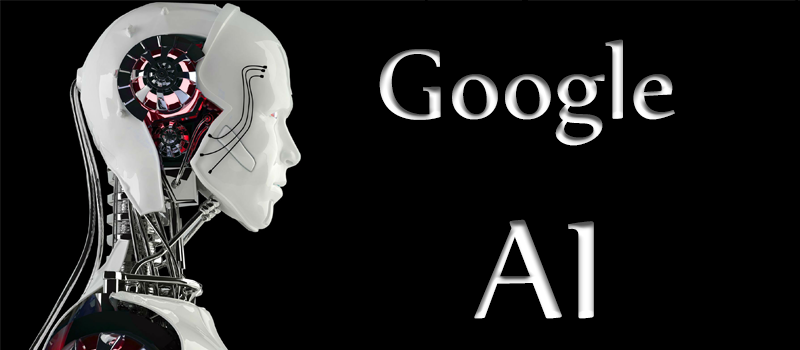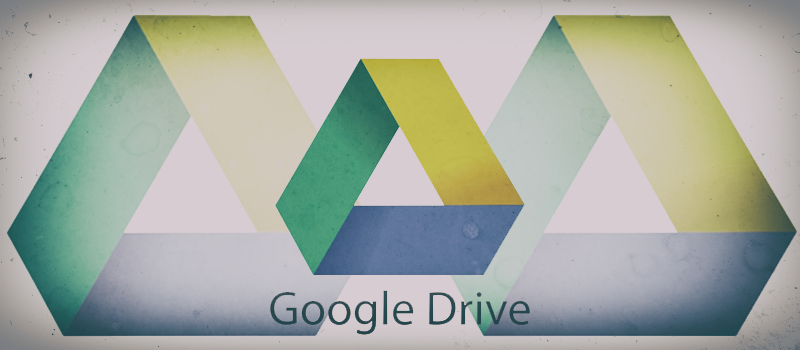
Google AI: How and Why?
Recently Google has opened a new research center ‘’Google Research’’ in Zurich, that will be engaged in AI technology. Now it is one of the largest research centers, associated with the development of artificial intelligence outside of the United States. Its opening is due to Google’s new strategy, which involves the active implementation of AI across its services and applications. Already today the company uses work in this area in products such as Translate and Photos. At Google I / O 2016 conference they presented messenger Allo and smart home device the Google Home , which also uses AI. With the opening of a new research center in Zurich, Google plans to make a major breakthrough in this area. We were able to attend the opening of this center and learn about how and why the company is developing artificial intelligence.
How Google creates artificial intelligence?
Zurich research center work is implemented in three key areas of artificial intelligence: machine learning, machine perception, as well as the processing and understanding of natural speech. All of them are necessary in order to create the next generation of computers, which will be able to learn from humans and the world around them.
Machines are learning
Machine or artificial intelligence is often confused with machine learning, when there is no first without the second,, they are based on slightly different principles. In itself, the concept of “artificial intelligence” involves the creation of a computer that thinks, while “machine learning” – is the development of computers that can learn. ” To program the computer so that it is smart can be more complex than a computer program that learns to be wise” – explains the difference Greg Corrado,Google’s senior scientific researcher in machine learning.
One can experience machine learning progress on the example of Gmail e-mailing service. When previously the spam filter service followed strict rules with keywords, now it’s learning on the basis of examples and trends. By filtering the mail, it is getting better and better. This is one of the simplest examples of machine learning applications, but today Google is already creating more sophisticated self-learning systems.
Machines must perceive
Another important area in the development of artificial intelligence is perception. Despite the fact that over the last decade computers have advanced greatly in the recognition of sounds, music and handwriting, it is still difficult for them to process and recognize images and videos. Human visual system recognizes the image without any problems, there is the primary visual cortex (visual area V1) in each of the cerebral hemispheres of the brain, which contains 140 million neurons with tens of billions of connections between them. And yet, the human brain uses extrastriate visual cortex (areas V2, V3, V4 and V5) for the image recognition. Therefore it is not a big problem to see a gray cat lying on the gray carpet for us humans. But it is a very difficult task for a computer.
Previously, Google used to catalog photos from the descriptions, the user needed to add tags to pictures, so that later they could be grouped or found. Today, Google Photos service utilizes a more advanced image recognition pattern based on “convolutional neural network.” This architecture, developed by scientist Jan Lekunom, has one of the best algorithms for pattern recognition. Not going into the details, it is a multi-layer artificial neurons system when each layer receives only a small section of the entered image. With the help of the project Deep Dream today anyone can appreciate how the convolutional neural network sees the image.
To train its neural network Google uses open databases with images. For example, in 2012, Google taught neural network to recognize the images of cats, using 10 million cat frames from a video on YouTube.
Processing and understanding of natural speech
In order for computer to understand voice commands and natural speech, Google is using recurrent neural networks.
Conventional speech recognition methods break the sound into small pieces of 10 ms of audio. Each fragment is analyzed on the frequency content, and the characteristics of the resulting vector pass through the acoustic model which outputs a probability distribution for all sounds. Further, combined with other characteristics of speech, through the model of pronunciation, the system connects the sequence of sounds in the right words and language, determining how likely a given word is used in a specific language. Finally language model analyzes the words and phrase, trying to assess whether such a sequence of words is available in this language. However sometimes it is difficult to determine where one letter ends and another begins, and it is very important for a proper recognition.
Now, Google uses an acoustic model based on a recurrent neural network architecture with a “long term memory”. In simple terms, this neural network is better than others is able to memorize information that allowed to train it to recognize phonemes in a phrase, and it has significantly improved the quality of the recognition system. Therefore, Android voice recognition these days works almost in real-time.
Artificial Intelligence: assistant or a threat?
The ethical side of the use of artificial intelligence is always on the agenda, as recognized by Google. However, the company does not yet believe that we are close enough to the creation of computers that have the self-awareness to objectively discuss the issue. “Computers are learning slowly,” – says Greg Corrado. Currently Google can only build an artificial intelligence that copes well with one task, such as a game GO. But many times more processing power is needed for a full artificial intelligence proficiency. Today, we can see that the performance of processors gradually slows down, we have almost reached the limit described by “Moore’s Law”, and although this is partly offset by an increase in performance of video cards and the emergence of specialized processors, this is still not enough. In addition, another barrier is the lack of a expert information that could be used for machine learning. All these problems may be tackled by humanity within 20, 50, or even 100 years, no one is capable of giving any accurate prediction. Accordingly, the artificial intelligence that we see in the movies, may be very different from what we get in the end.
Jack of all trades and the future of Google search
Meanwhile Google has set itself a more realistic goal – to create virtual assistants based on the artificial intelligence. Today we see the rise of virtual assistants like Siri or Google Now, but they are very limited and out of touch with the reality in which the user is located. So what is Google really focused on? The company believes that the virtual assistant has to understand the world around the user, his location, as well as rely on the actual context in communication.
“Imagine that you have an incredibly intelligent assistant, and you tell him to study this area and tell me what you think. That’s what we’re trying to create. In my case, I would like to say to the assistant: show me the most interesting and relevant things that I still do not know “- said Eric Schmidt, Head of Alphabet Board of Directors, which belongs to Google.
Thus, Google sees the artificial intelligence as a new tool that can empower people, by providing them with new knowledge. AlphaGo project serves as a good example, where game of GO players can improve their skills. After all, competing with an AI, that is currently exceeding the maximum game rank, may bring a game to whole new level.
- On July 1, 2016
- 0 Comment

